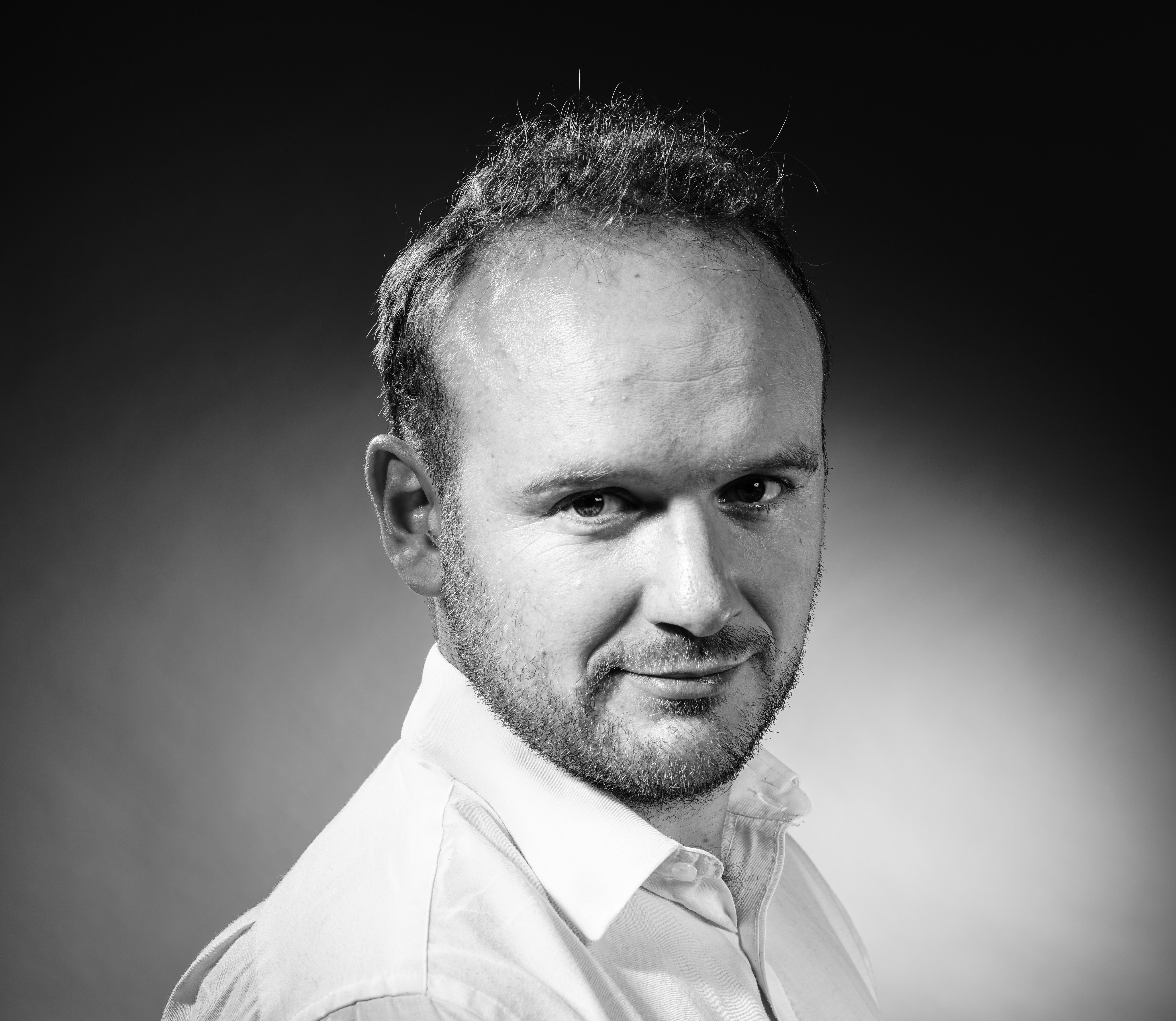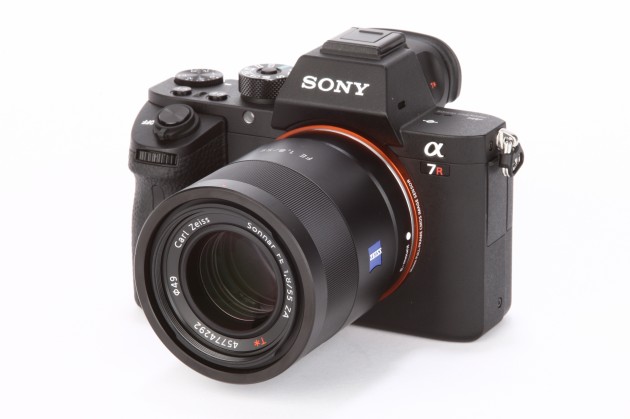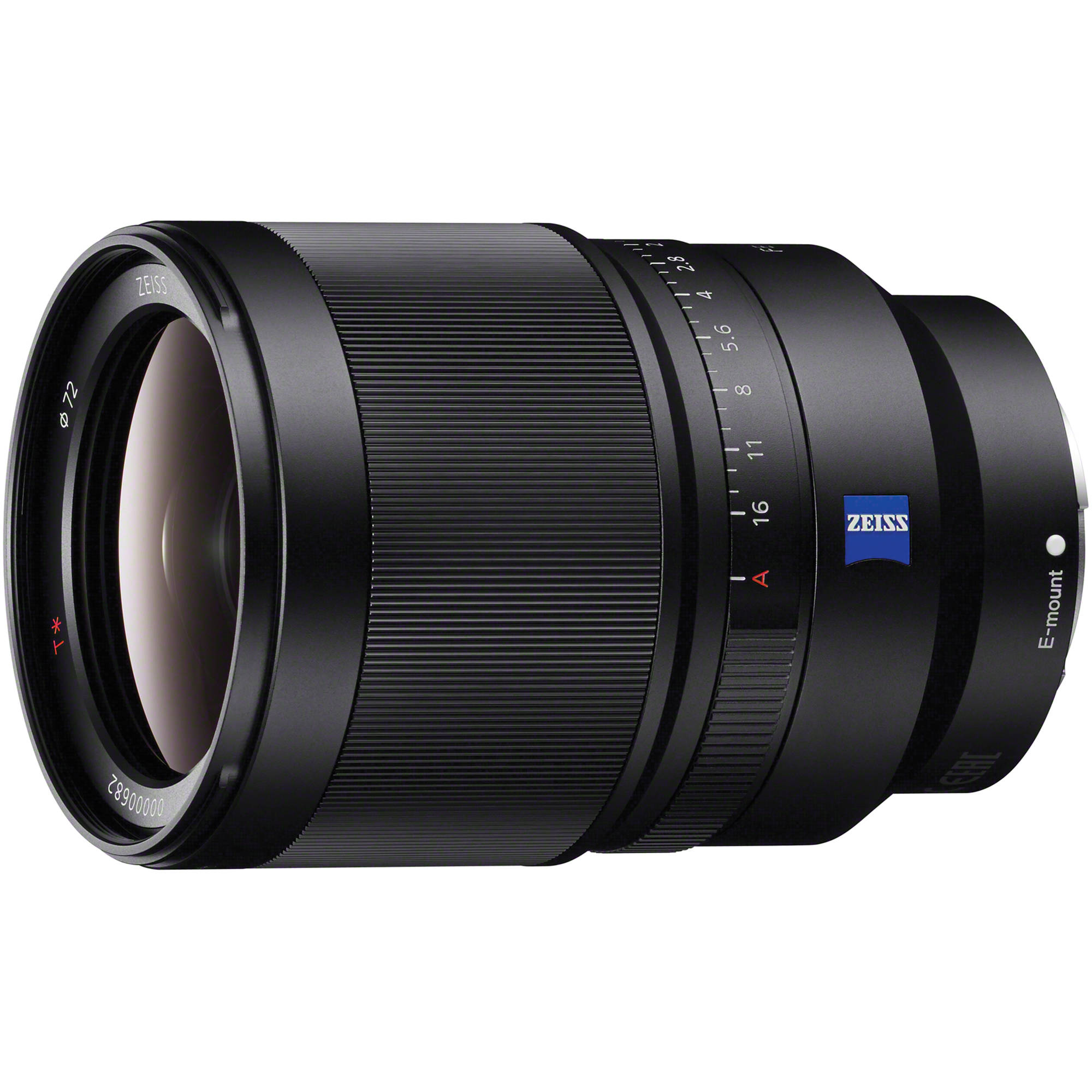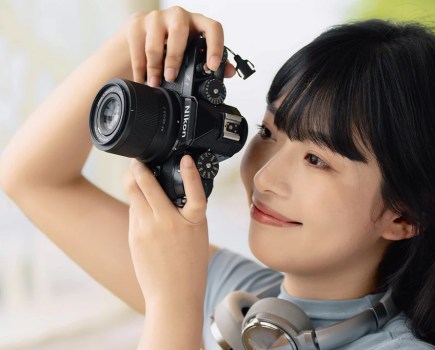
The new Sony Alpha 7R IV has a 61Mp chip. Are we getting close to the maximum number of photosites that can be fitted onto a full frame sensor?
So while we can’t talk about our future sensor plans as the leading manufacturer, we can say we are continuously seeking to improve and stretch the boundaries. A few years ago, people were getting excited about 24Mp sensors, now we have 61Mp. But it’s not just the sensors we are innovating with, there is also our back-illumination technology. The Alpha 7R Mark II was the first camera to feature such a back-illuminated sensor, offering high resolution without compromising on dynamic range or low-light ISO performance. Also, people say the Alpha 7R IV ‘only’ has the same 10fps continuous shooting performance as its predecessor, but it’s delivering this with 61Mp, which is revolutionary!
Although there are lots of innovations in the A7R IV, the image stabilisation has not changed from the previous model. Are you confident it is ‘stabilising’ enough to cope with 61Mp?
Again, people only see this stabilisation figure from the outside. It sounds like a ‘copy and paste job’ from the Alpha 7R III, but in fact we have new algorithms and software tailored to the Alpha 7R Mark IV and its 61Mp sensor. There is also a new low-vibration shutter and the shutter unit is cushioned against the camera’s magnesium alloy body, both of which make a big difference when shooting handheld.
This is not a cheap camera. Panasonic, for example, has various deals to entice people to try their high end cameras, such as loan schemes. Are you considering anything similar?
We are running a lot of specific events across the UK, including in-store dates and camera club talks (full details here). It’s a great chance for people to see and try the Alpha 7R IV and ask any questions. Then there are specific events for professionals, so there are lots of opportunities to try the new camera out.
So the older R cameras are staying in the range?
Absolutely, the II (below) and III models are continuing, and of course, you can still buy the original Sony Alpha 7. There’s something for everyone.

Moving on to specifics, the screen articulation on the Alpha 7R IV is just up and down. Are you worried your screens don’t work so well when holding the camera in portrait format for example?
Our engineers in Japan get asked to consider a lot of requests and suggestions, so they have decided to prioritise the design of the screen along the optical axis. We are also keen to keep the camera body compact, and the structure rigid. We always listen to feedback and requests from the market, though.
The Alpha 7R IV’s new shotgun microphone (an optional extra) has eight pickup capsules, with three user-selectable directionality patterns. It is interesting, but who exactly is at aimed at?
We want the camera to appeal to a broad audience, and as well as offering high-quality audio with minimal noise, the mic is very adaptable and super-directional. It meets the demands of pros but will also appeal to a wide range of content creators on the move. You can easily record yourself, people around you, or the much wider environment. It’s competitively priced considering the power you get.
 Finally, a word about lenses. Sigma has an f/1.2 prime for Sony that is faster than anything in Sony’s own range. Do you see a commercial demand for lenses that fast?
Finally, a word about lenses. Sigma has an f/1.2 prime for Sony that is faster than anything in Sony’s own range. Do you see a commercial demand for lenses that fast?
At the moment we have 34 full-frame lenses, covering a wide variety of sizes. There are plenty of fast lenses to choose from, including the 35mm f/1.4, but if there seems to be a market for an f/1.2 lens we will certainly consider it. We’re also keen to keep our lenses relatively compact and affordable.







